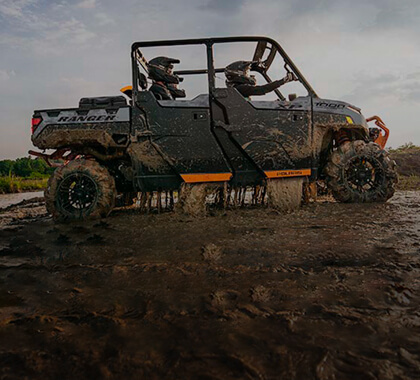How To Lift Your Polaris Ranger: A UTV Lift Kit Analysis
Mar 31st 2019
Polaris Ranger Lift Kits: A Complete Buyer’s Guide To Lift Options For The Polaris Ranger
There are many ways to lift a Polaris Ranger, and as you might expect, each Polaris Ranger lift kit option has its own particular set of pros and cons. Most people lift their machine’s in order to fit larger tires underneath, while others install lift kits on their Polaris Ranger 900s, Polaris Ranger 570s, and Polaris Ranger 1000s for more ground clearance and a smoother ride. Whatever your reason may be for investing in a Polaris Ranger lift kit, it definitely pays to do a little homework before you pull the trigger on a particular brand or lift style. So from Polaris Ranger bracket lifts and portal lifts to aftermarket long travel kits and suspension lifts, here are a few things you should know before you decide on a lift kit for your Polaris Ranger.
Polaris Ranger Spring Adjustment Lifts
The easiest and cheapest way to make your Polaris Ranger ride higher above the ground is to simply adjust the shocks. Although this might not be the best solution with older Polaris Ranger models, many of the newer Polaris Ranger editions come with adjustable shocks. When the springs are moved to outer hole and the coils are placed on the stiffest settings, your Ranger should sit around two inches higher. To reposition the springs to their factory settings, all you have to do is unbolt the top shock bolt and move the shock to the outermost hole. Use the spanner wrench included in your Polaris Ranger tool kit (which is usually located below the passenger-side or driver's seat) to easily conduct shock adjustments. If you look at the bottom of the shock, you will see an adjustment mechanism with slots around it, which you can keep "clicking" until it is maxed out. Do this on both the front and rear of your Polaris Ranger 4x4 and you’re good to go!
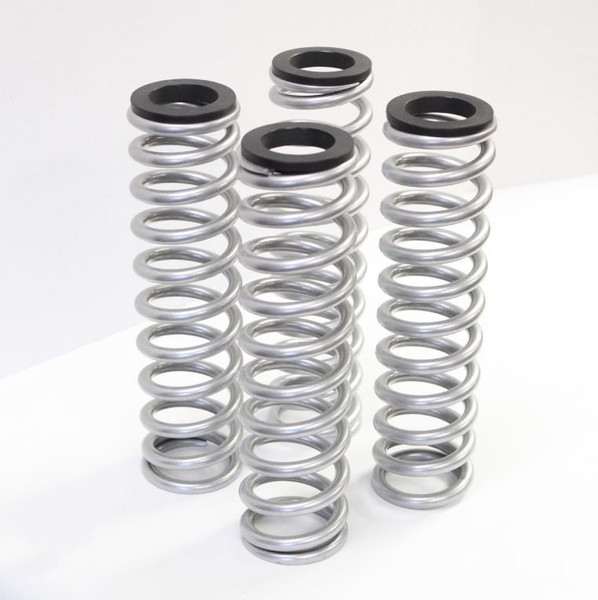
You may notice that the ride is a bit stiffer after adjusting your shocks, but if you load your rig up with a bunch of spare parts, supplies, and beer, it should smooth things out a bit. The biggest difference you’ll feel is a stiffer ride when crawling, but the machine’s overall comfort on the trail shouldn’t be affected that much.
Polaris Ranger Bracket Lifts
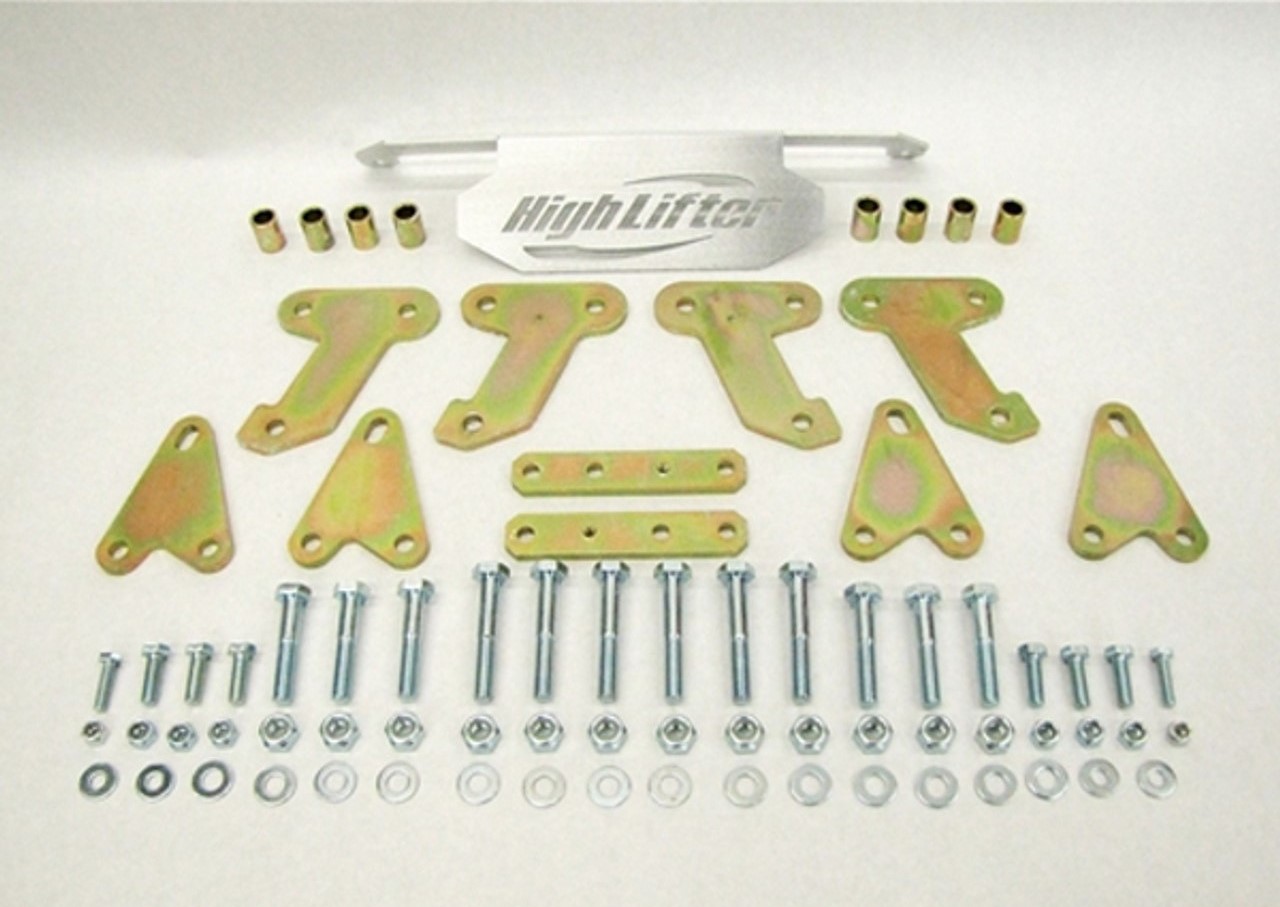
Aside from adjusting the coils on your Polaris Ranger, a bracket lift is the next easiest way to achieve more clearance and make room for larger aftermarket UTV tires. 2” lifts, 3” lifts, and 4” lifts are the most common bracket lift sizes for the Polaris Ranger, and although 6” Polaris Ranger bracket lifts and even 8” Polaris Ranger bracket lifts can be installed, they tend to make the side-by-side excessively top heavy and reduce its stability, turning performance, and cornering capabilities. However, many riders with Polaris Ranger bracket lifts also run forward a-arms for additional room. Companies like Outkast Fabworx even design and build a-arms with built-in lifts, so if you want to go that route, we can certainly help!
Depending on the other modifications and upgrades you've made to your Polaris Ranger, bracket lifts will often change the geometry of your vehicle, which in turn can put added strain on other components like axles, differentials, and other Polaris Ranger driveline components. Take, for example, a Polaris Ranger with SuperATV’s 6” bracket lift. All things being equal, the angles of your UTV will be very strong with such a tall lift kit installed. And although this does look badass, many riders experience problems with their axles eating their boots when large bracket-style Polaris Ranger lift kits are installed.
Your own personal riding style and throttle control will also play a role in how a Polaris Ranger lift kit will affect the axles and other driveline components of your buggy. We here at Everything Polaris Ranger have installed several lift kits on our own personal machines, and we've sold countless others to riders across the nation. So we know firsthand the effects that lift kits have on different models of the Polaris Ranger with different drivers behind the wheel riding over different types of terrain. We’ve seen guys running 30" tires, 32" tires, and even 36" tires with zero issues using a 6” bracket lift -- a few of which were running portals as well. This just goes to show how many variables are involved in the performance of your Polaris Ranger. Things as seemingly innocuous as tire pressure and wind direction can have a large impact on how your rig rides. Using this logic, it only make sense that by altering the factory ride hight of your Polaris Ranger 2-door or Polaris Ranger 4-door, you would also create knock-on effects that impact the drivability and overall performance of your side-by-side.
Polaris Ranger Portal Lifts
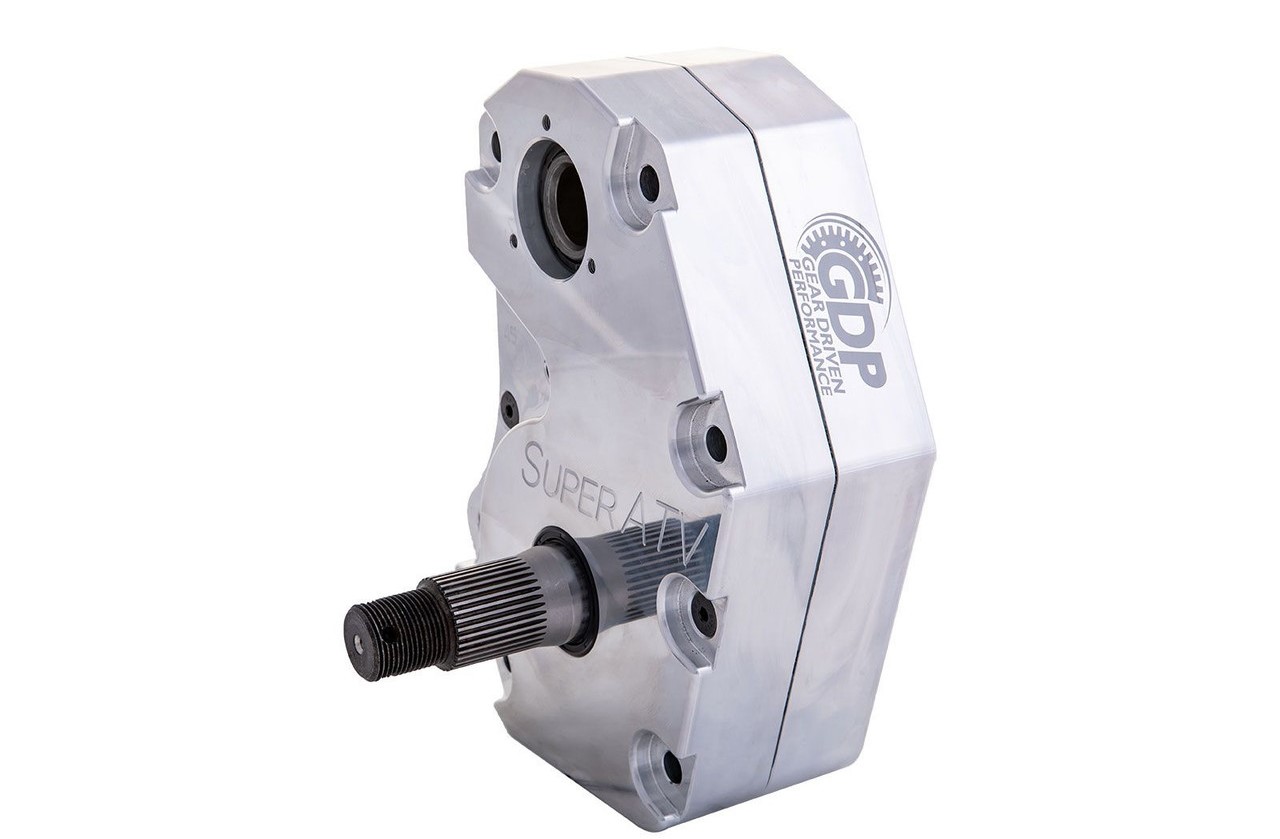
We recently conducted an online poll asking riders to choose between a 6” bracket lift and a 6” portal gear lift, and the responses was overwhelmingly skewed toward the portal-style Polaris Ranger lifts. And on an online pole where you don't necessarily have to factor price into the consideration, this makes sense. With a SuperATV or High Lifter portal gear lift installed on your bike, off-road obstacles that used to be located at the vehicle's frame will now be located at the the level of the wheels, which is takes a ton of stress off the axles and drivetrain. But while portal lifts may be superior on an engineering level, their high costs are prohibitive for a good chunk of riders. Even compared to SuperATV’s 6” lift kit that comes with top-of-the-line Rhino 2.0 Axles, a Polaris Ranger portal lift is still in excess of $500 more expensive.
Polaris Ranger Suspension Lifts / Long Travel Kits
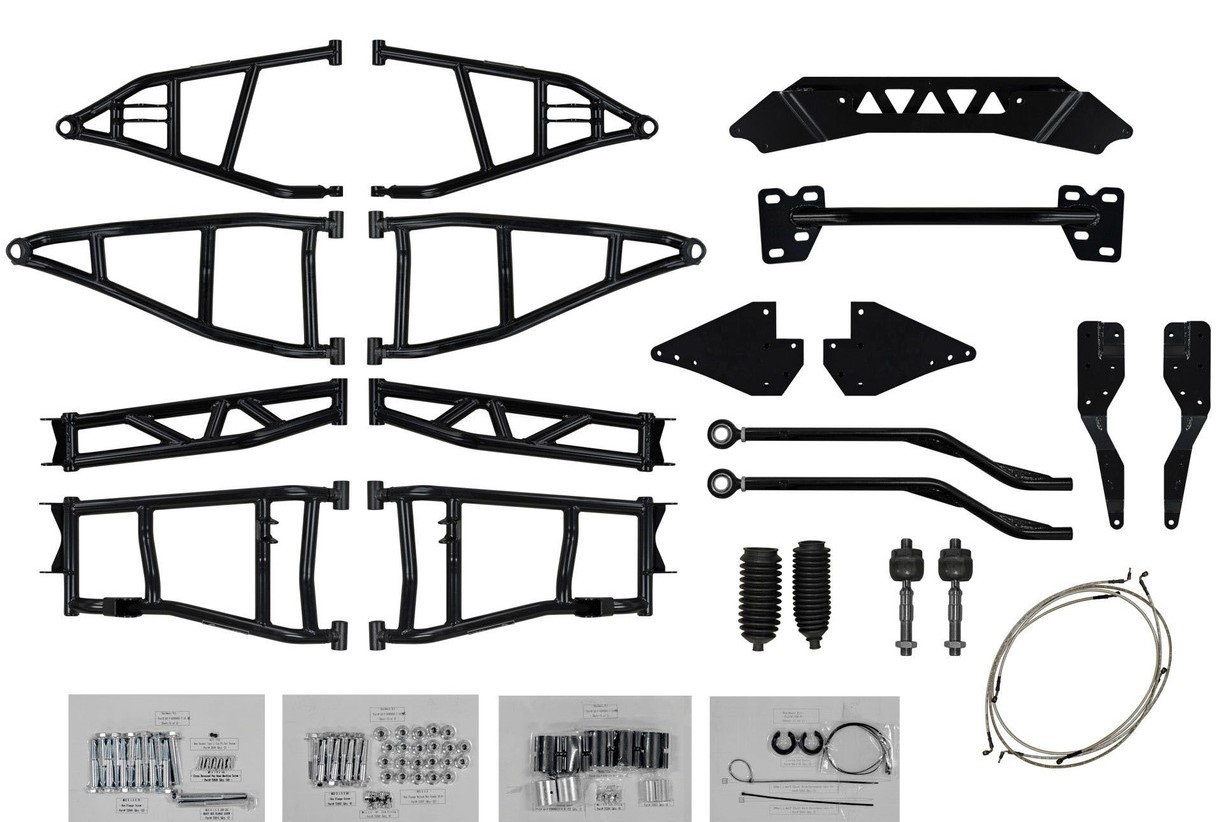
Another way to achieve lift in a Polaris Ranger is to upgrade the suspension. But to do this, it often requires other Polaris Ranger upgrades as well -- such as axles and control arms. Suspension lifts offer a great degree of flexibility by increasing the UTV's ride height without sacrificing the plushness of the ride. Most suspension lifts and Polaris Ranger long travel kits are highly adjustable, allowing you to calibrate the preload and move the placement of the springs between the inbound and outbound settings. This is a great option for riders who tackle many different terrain types. If you’re going over whoops, you might want softer suspension, but if you’re going around sharp corners at high speeds, maybe not so much.

